#victorian dress
Text



Day Dress
c. 1837-1840
printed challis and lined with glazed cotton and linen from Great Britain
Victoria and Albert Museum
#dress history#historic fashion#19th century#fashion history#historical fashion#Victorian#Victorian fashion#Victorian dress#frostedmagnolias
200 notes
·
View notes
Text


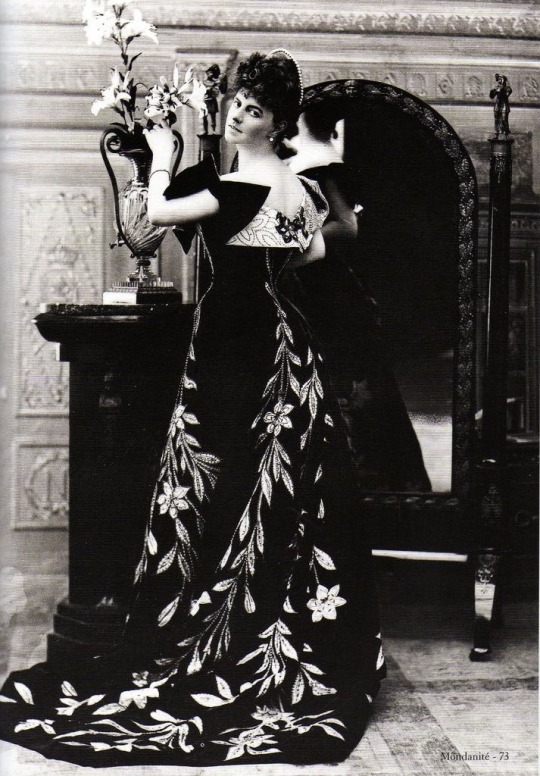

Elisabeth de Caraman-Chimay, Comtesse Greffulhe (1860–1952) made this dress famous by posing in it for the photographer Nadar in 1896. The museum also possesses the photographs made at the time, in which the elegant countess opted for being photographed in back view so as to highlight the slimness of her waist: this close-fitting 'princess line' dress – there were no seams at waist level – and the sinuous lines of the lily plants accentuate the impression of tallness and slenderness.
One of the leading figures on the Paris social scene – not only for her rank and sovereign elegance, but also for her culture and intelligence – Comtesse Greffulhe was a significant source of inspiration for Marcel Proust, who used her as the model for the Duchesse de Guermantes in Remembrance of Things Past. She was also the cousin of Robert de Montesquiou, who drew on her for some of his poems, including a sonnet whose closing line Beau lis qui regardez avec vos pistils noirs ('Beautiful lilies gazing with your black pistils') doubtless refers to this dress. The bertha collar, whose original form was altered, certainly during its owner's lifetime, could be turned up to form bat's wings; a bat being Montesquiou's emblematic animal, making this a true dress-poem.
#fashion#historical#historical fashion#victorian#victorian era#victorian fashion#historical clothing#historical dress#history#long dress#black dress#victorian history#victorian dress#fashion dress#1800s dress#19th century#19th century fashion#the gilded age#dresses#dress
2K notes
·
View notes
Photo

House of Worth, c. 1893-95. Red silk velvet.
“Severe corsetting falling at the natural waist, a flaring skirt, and the return of gigot sleeves constituted a fin-de-siècle extremism. The engorgement of sleeves and skirt made this extreme constriction seem even more exaggerated in the context of the bulbous shapes surrounding the ideal, hard, narrow waist. The style was maintained well into the twentieth century as a flattering stage effect by actresses such as Sarah Bernhardt. “
via The Metropolitan Museum of Art
#dream dress#costume history#fashion history#victorian fashion#victorian#victorian dress#house of worth
4K notes
·
View notes
Text
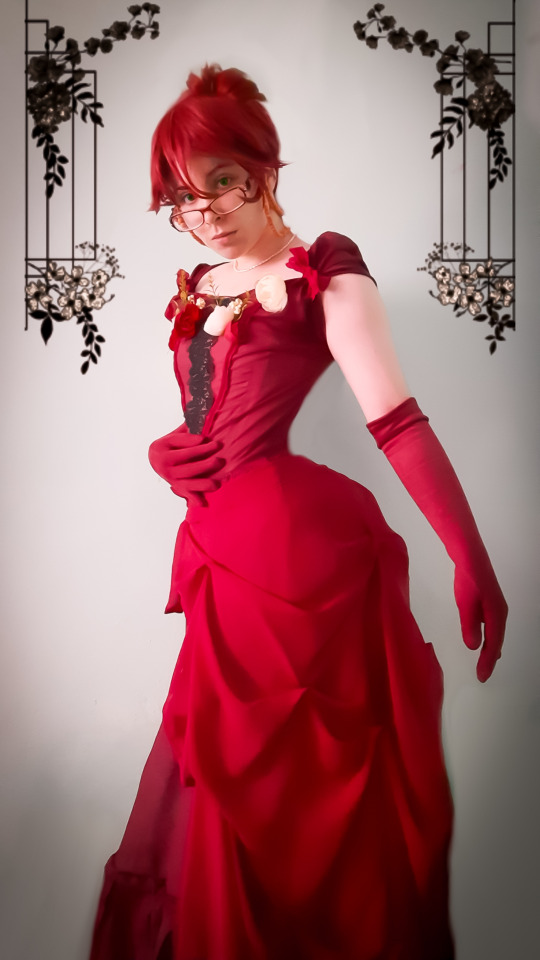

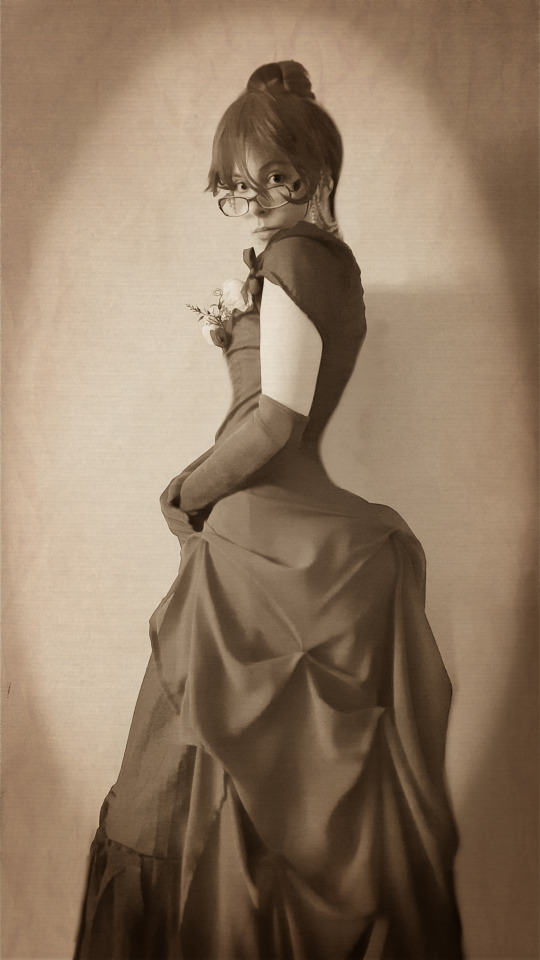
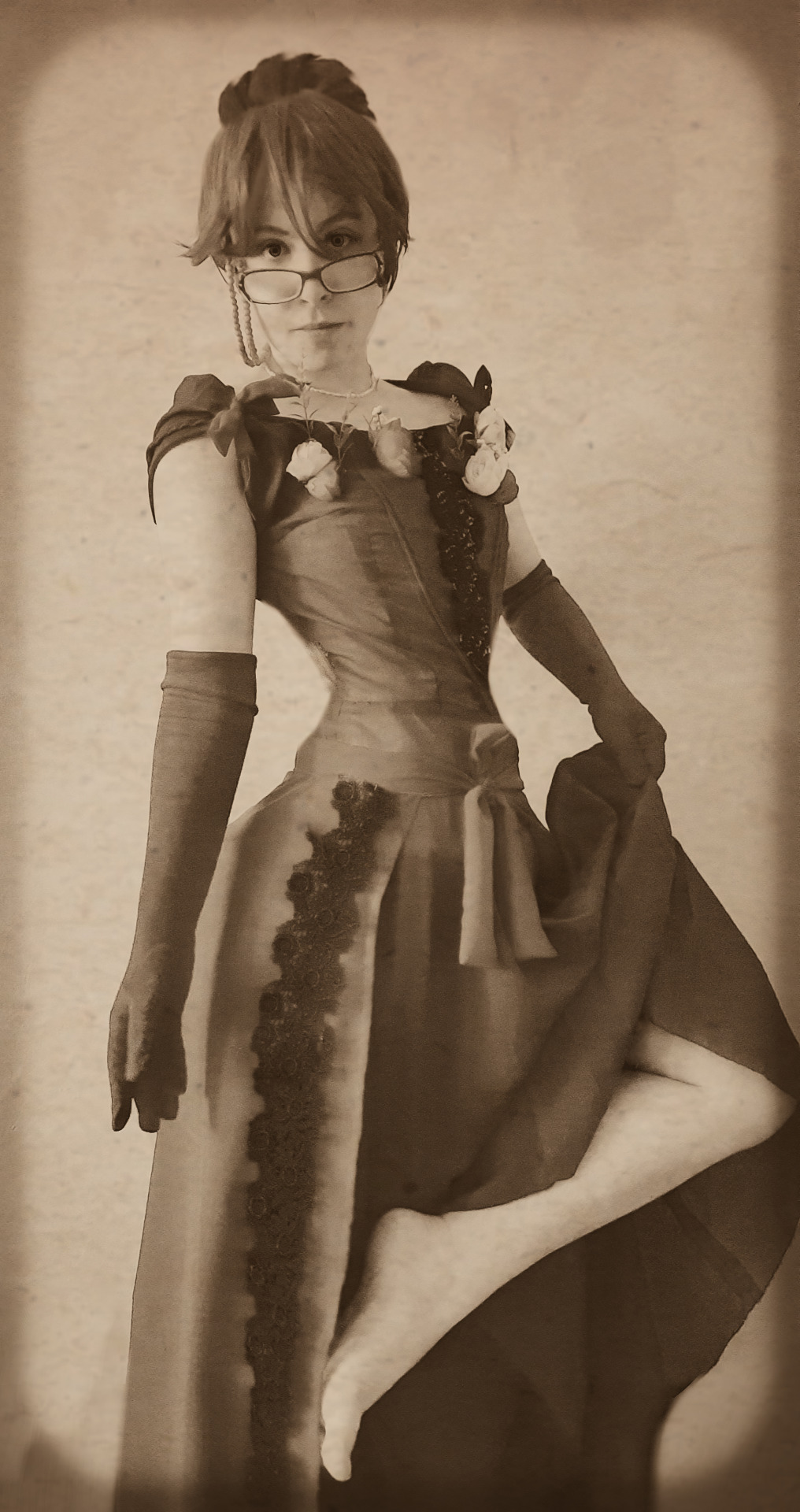

[MALE COSPLAYER] Here's my historically accurate Grell Sutcliff! I kept the bangs and the glasses for character accuracy.
Please check my newest YouTube video : https://www.youtube.com/watch?v=Uuvg1nMdFC0
Please check my shorts : https://www.youtube.com/@alexander_yoko/shorts
#male artist#male cosplayer#cosplay photography#black butler kuroshitsuji#grell sutcliff black butler#black butler grell#grell sutcliff#kuroshitsuji grell#kuroshitsuji#kuroshitsuji cosplay#cosplay#crossdressing#crossplay#victorian era#victorian fashion#1880s fashion#1880s#victorian dress#victorian#photomanipulation#sepia photography#red dress#grell is a woman#victorian woman#victorian cosplay#bustle dress
410 notes
·
View notes
Text

Revue de la Mode, 1872
#Revue de la Mode#1872#1870s#Victorian#Victoriana#Victorian fashion#Victorian dress#Victorian style#Victorian era#Victorian art#Victorian girl#Victorian woman#Fashion#Fashionplate#Fashion sketch#Fashion illustration#Fashion history#Historical fashion#Historical clothing#Dress history#Vintage dress#Vintage fashion#Antique dress#Antique fashion#Antique clothing#19th century#19th century style#19th century dress#19th century fashion#19th century art Corset
89 notes
·
View notes
Text
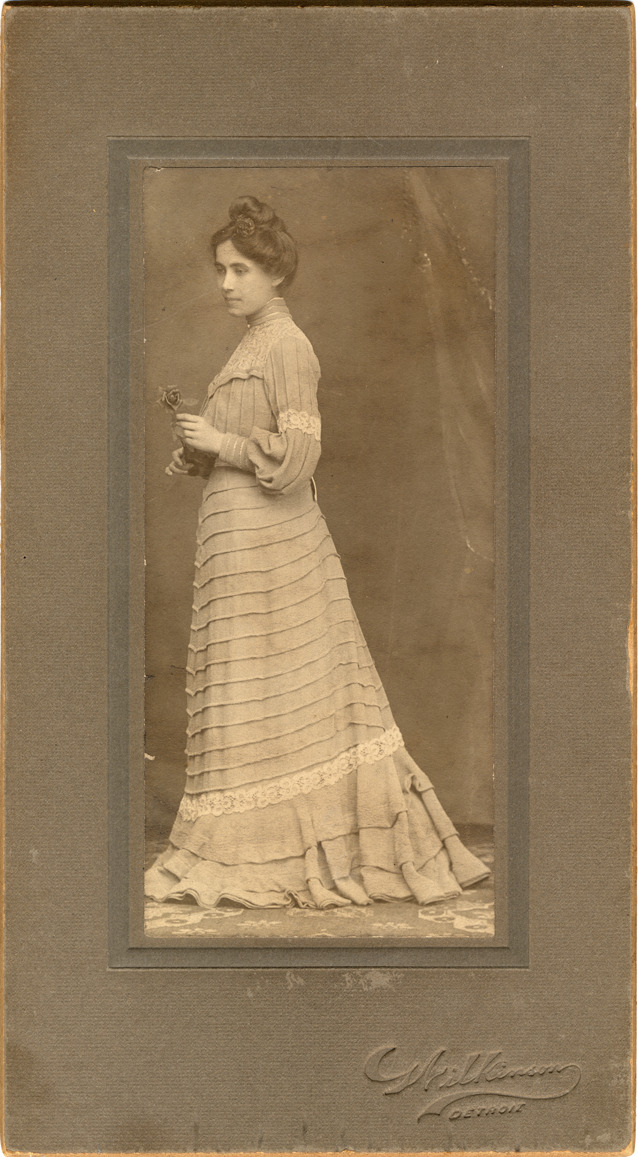
Studio full body portrait of unidentified young woman in profile, holding rose, wearing ruffled Victorian dress with lace accents. Stamped on front: "Wilkinson, Detroit."
Burton Historical Collection, Detroit Public Library
#portrait#portraits#detroit#detroit history#dress#costume#dresses#fashion#fashion history#victorian dress#victorian#wilkinson#detroit public library
171 notes
·
View notes
Text
Costume Design #279
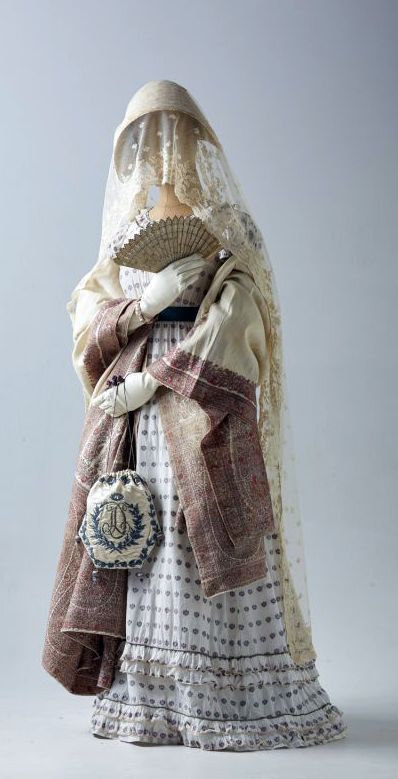
#costume design#concept art#historical gown#historical costume#historical fashion#1840s fashion#floor length gown#bonnet#victorian dress#victorian fashion#victorian lady
166 notes
·
View notes
Text

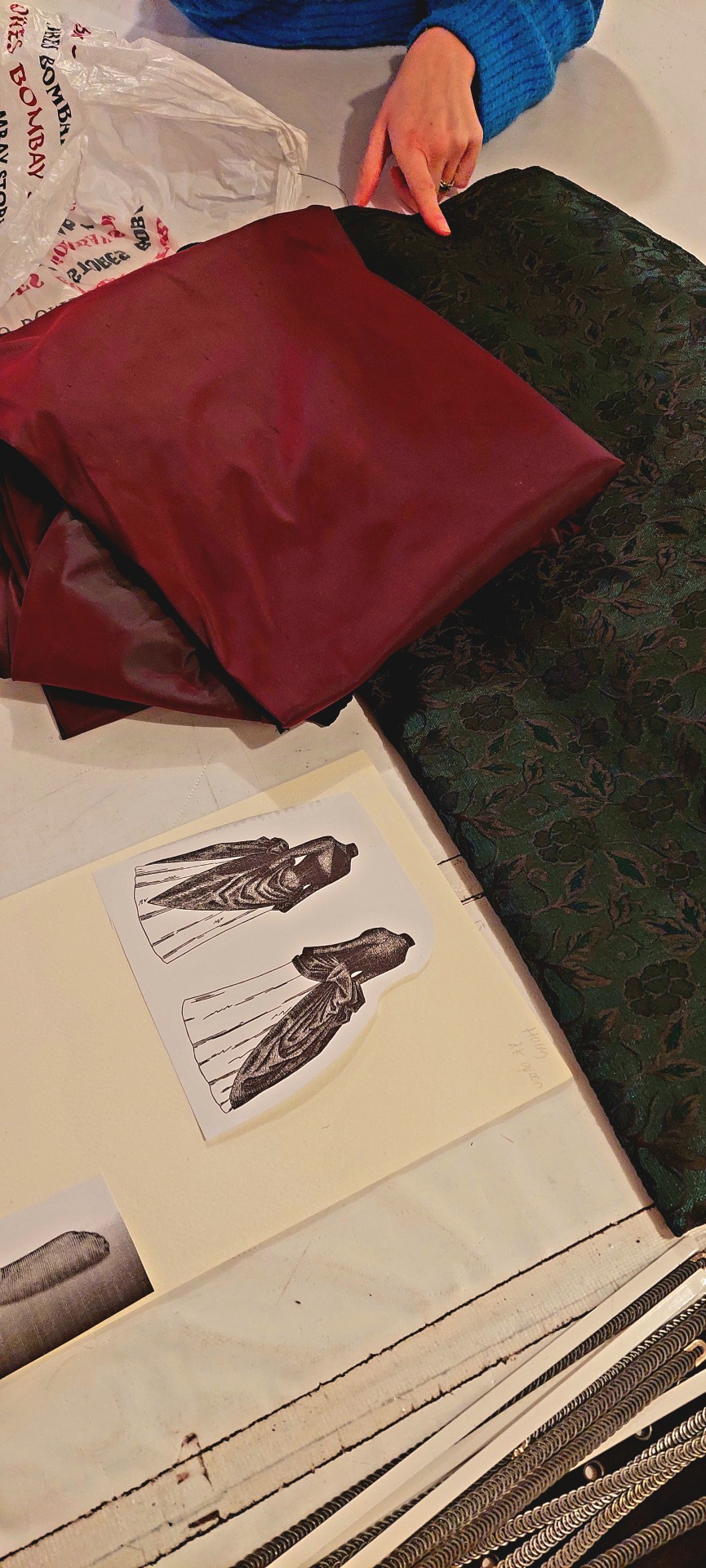
For the past few months I've been in York at a school for historical costuming! It's incredibly fast-paced but I'm having such a good time. In a 4-month span we're making 3 full clothing ensembles, each from a different era (1880s womenswear, 1830s menswear, and 1970s daywear of choice).
Here is some of the progress on my womenswear look, from undergarment construction toile to the nearly finished piece. It's a polonaise style referenced from a Harper's Bazaar illustration from 1886.



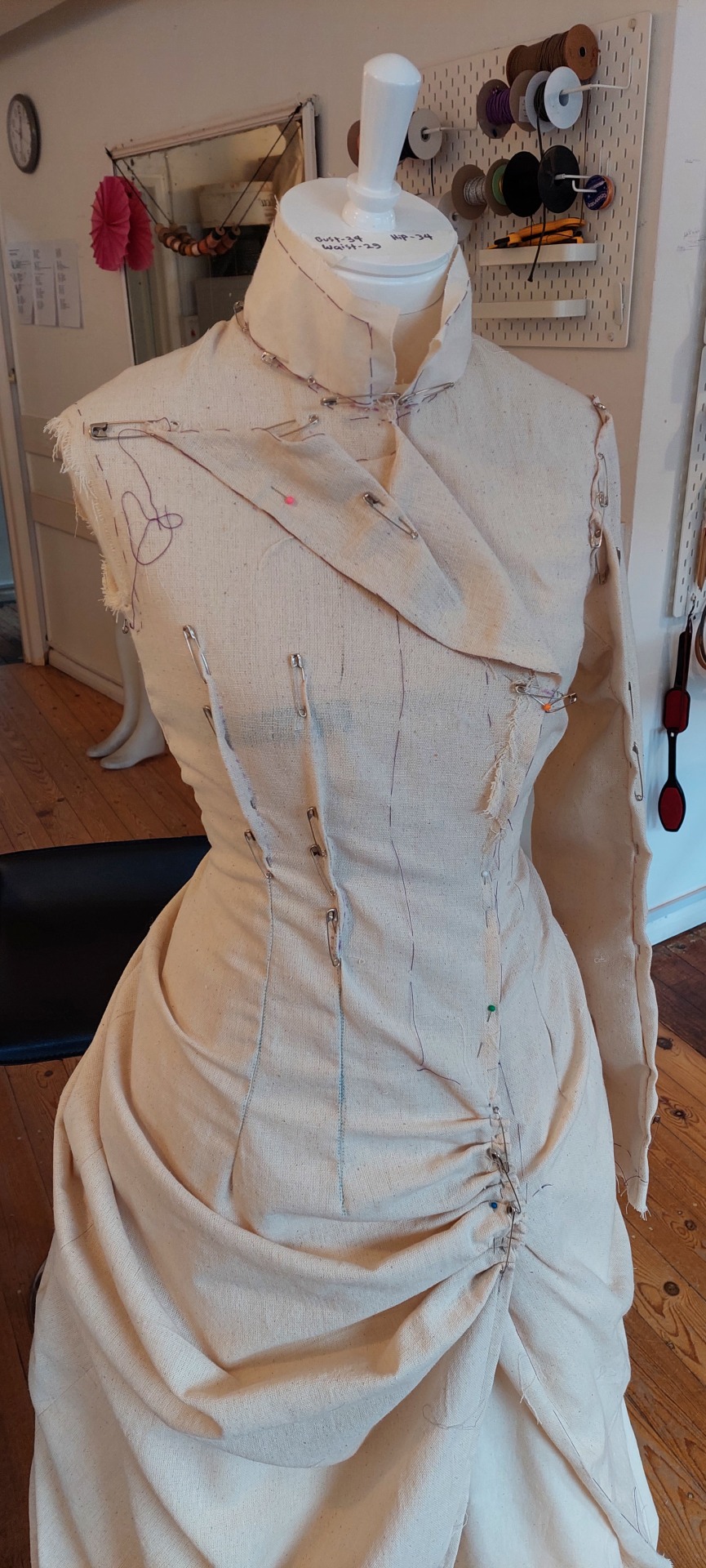

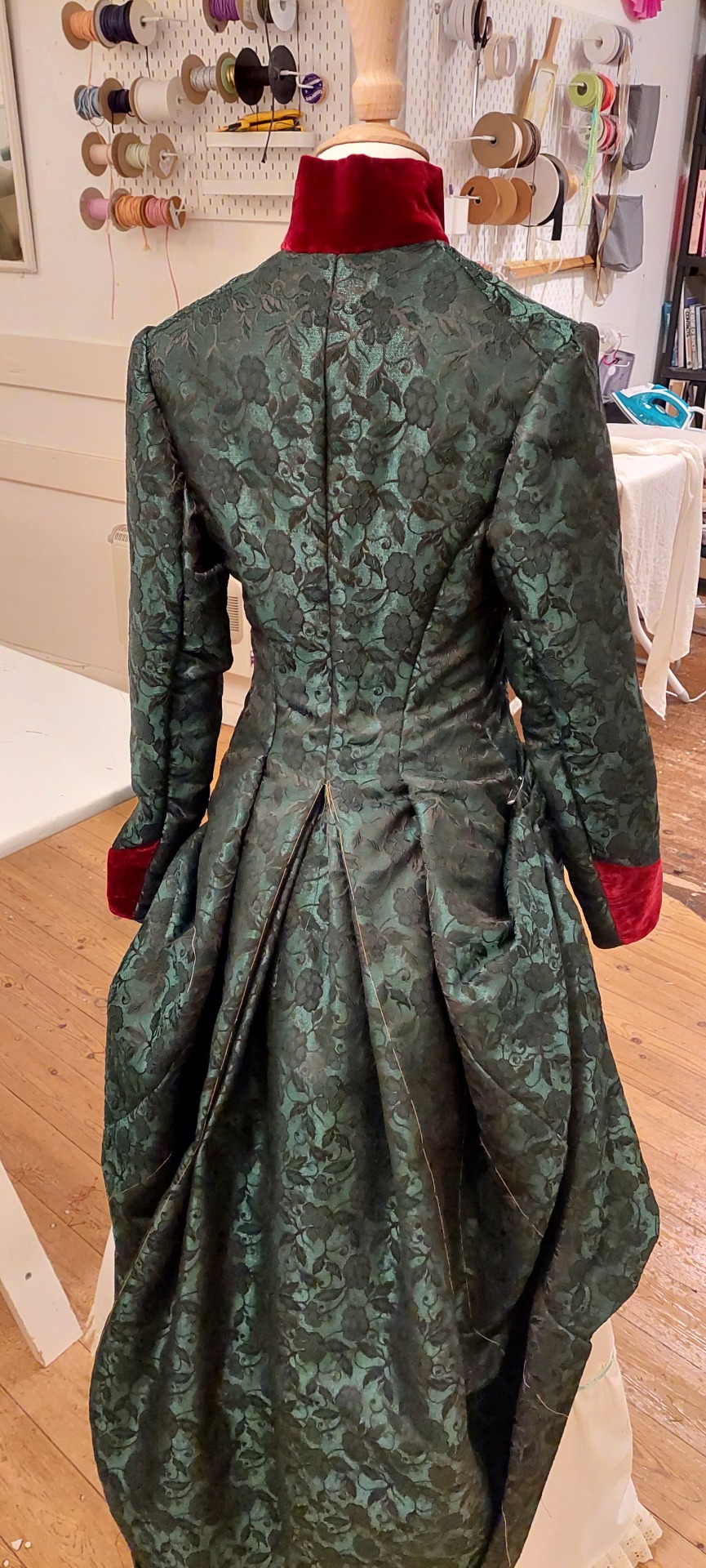
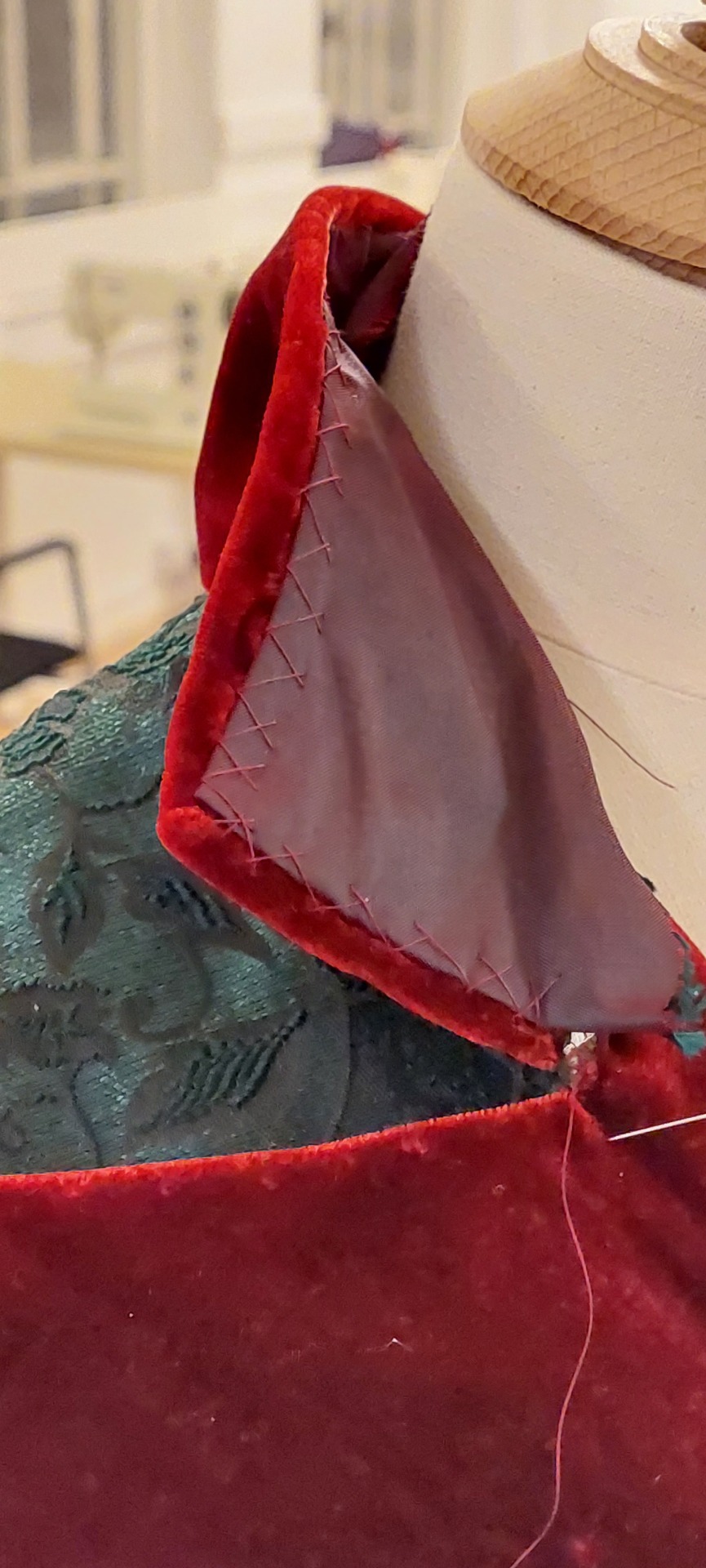
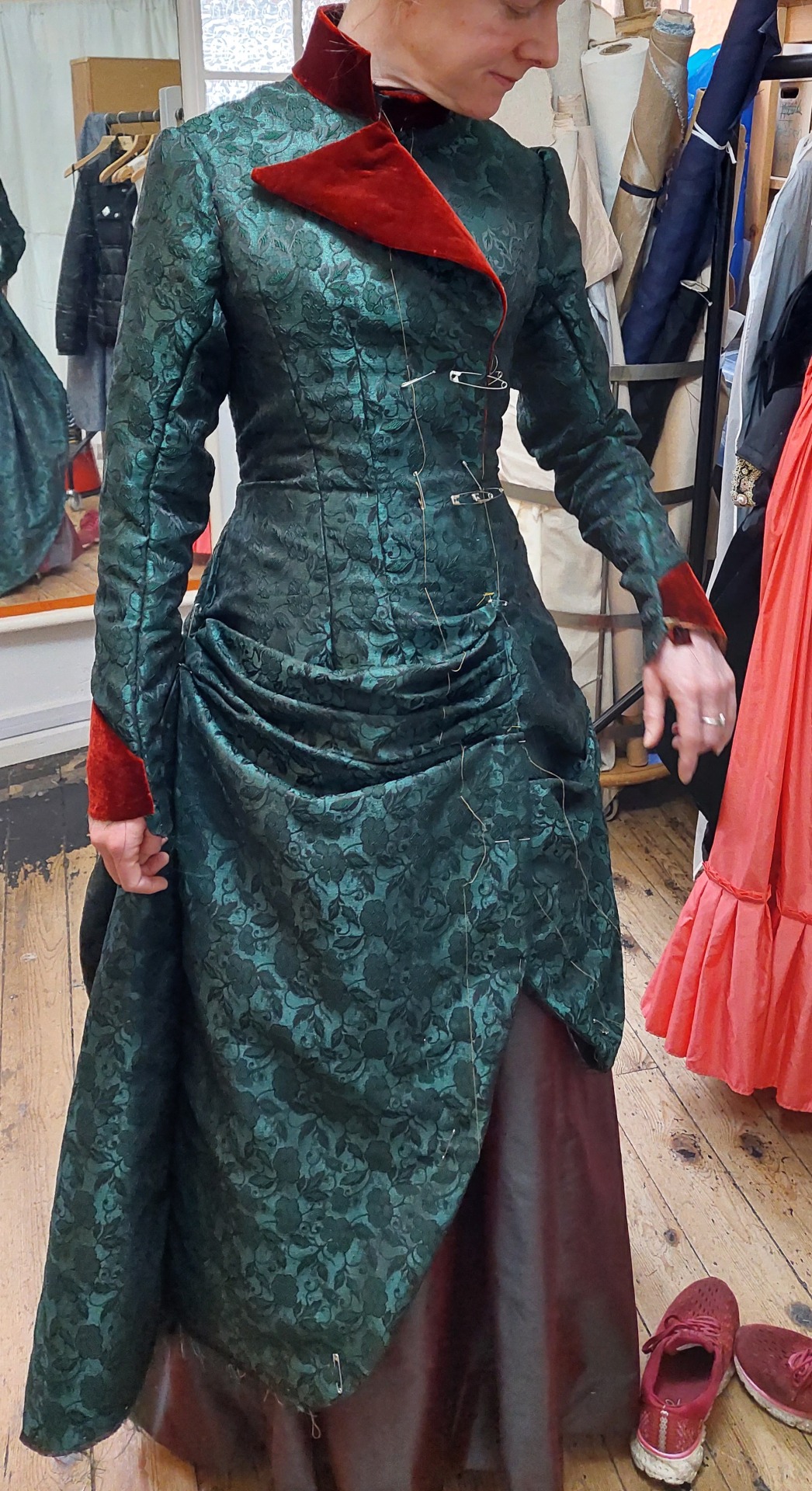
#victorian fashion#victorian dress#victorian costume#victorian#historical costume#my crafts#my costumes
87 notes
·
View notes
Text
Evening Ensemble
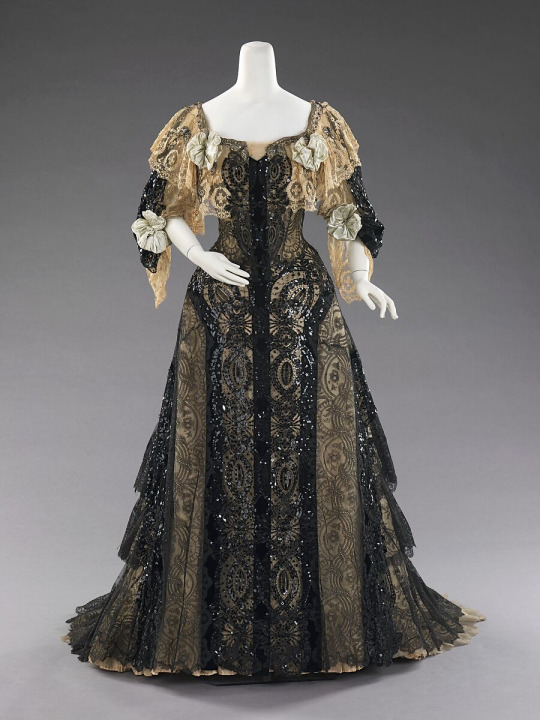
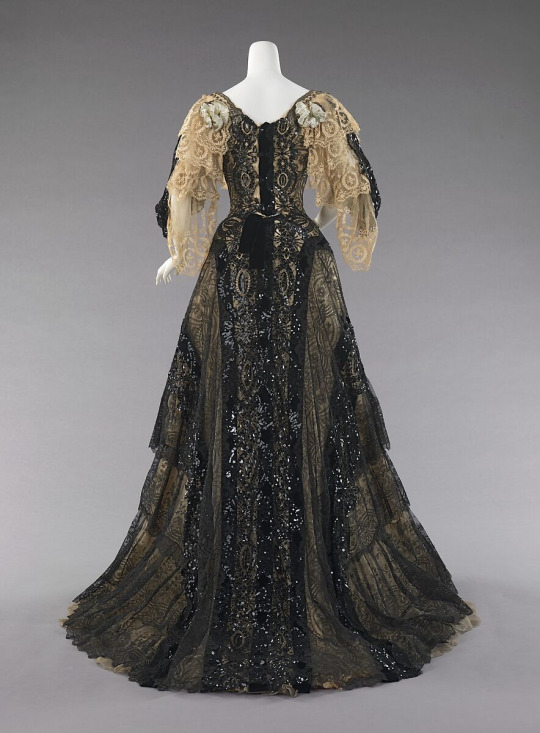

This is a glittering extravaganza for a formal ball. The neoclassical motifs of the lace are interesting, particularly the laurel wreaths. The way the black lace is applied over the velvet bands to add a different texture and lighting effect, acts as a foil to the glitter of the paillettes.
Date: 1890–95
Culture: American
Medium: silk
The Met Museum
#19th century fashion#19th century#historical fashion#1890s fashion#1890s#late victorian fashion#victorian dress#evening dress
104 notes
·
View notes
Text
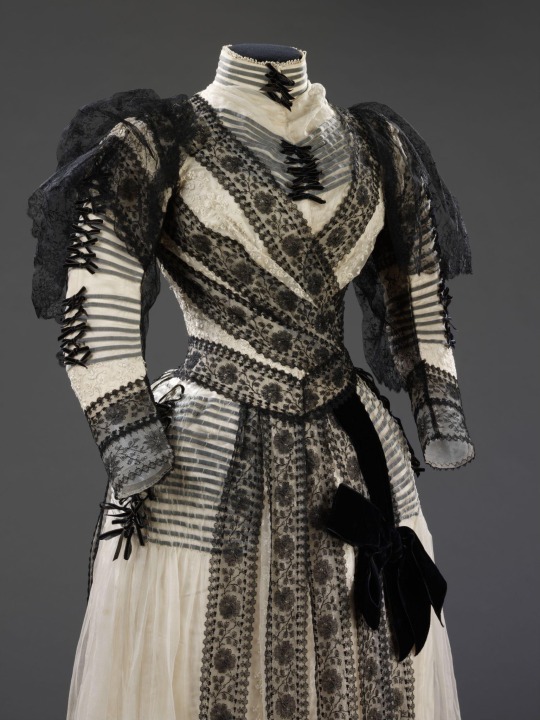


Dress
c. 1889-1892
maker: Sara Mayer & A. Morhanger
V&A Museum
#victorian dress#Victorian era#victorian gown#Victorian fashion#Victorian#1880s#1890s#history of fashion#historic fashion#historical fashion#fashion history#dress history#19th century#1800s dress#1800s fashion#19th century fashion#frostedmagnolias
1K notes
·
View notes
Text

1895
#historical fashion#fashion#historical#history#historical clothing#historical dress#long dress#victorian#victorian era#victorian fashion#victorian pattern#victorian clothing#victorian history#victorian dress#textile#textiles#art#artwork#fashion plate#fashion dress#1800s dress#late 1800s#1800s fashion#1800s#circa 1895#19th century fashion#late 19th century#19th century#1895 sleeves#dress
2K notes
·
View notes
Text

Victorian Satin AI Girls
72 notes
·
View notes
Text

A vision in blue! This 1865 gown is deep azure shot with glass beads for an extra bit of glitter.
The neckline on this is classic young Victoria, with those cap sleeves and the emphasized waist. I love the matching trim on the hem and sleeves, which really brings the whole ensemble together. Rather understated in comparison to some gowns from this era it's got a classic beauty to it.
People often ask why dresses were so big in this period. It's important to remember that fabric = wealth (and portable too!). Fabric, until fairly recently, was an ideal way to flaunt your status. Using miles and miles of cloth (see: the Rococo Period) is a societal short hand for $$$.
From the Cincinnati Art Museum.
#victorian era#victorian dress#young victoria#blue dress#silk dress#fashion history#threadtalk#costume#textiles#historical costuming#costume history#victorian fashion#circa 1865#1860s fashion#1860s style
418 notes
·
View notes
Text
Documenting one of my projects here!
Im taking an anthropology class called Magic, Witchcraft, and Religion, and our final proj is to present any topic relating to the class in any medium. My topic is Victorian/Edwardian mourning rituals and customs. I chose to recreate an Edwardian (c. 1905-ish) half mourning dress!!


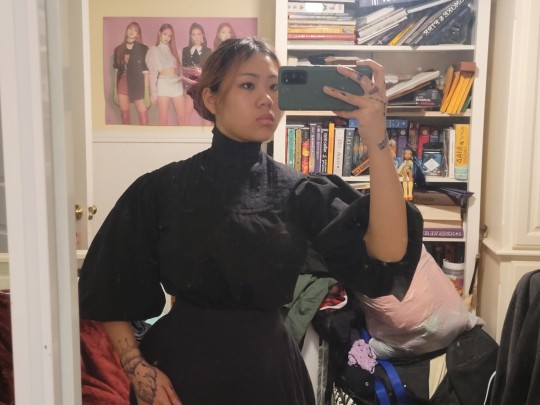

So far, ive went through several rounds of designing and 0 mockups bc i dont have time for that. Im recreating everything using only methods that would have been available at the time. I currently own 2 antique sewing machines from 1911: one hand crank and one treadle. A lot of this project will likely be done by hand because i just enjoy it :)


I'm using a cotton lawn, which, according to Victorian mourning guides, would not have likely been used because the dyed might bleed onto the skin, but I live in a very hot area and will *absolutely not* be wearing wool or silk in 95F weather. The sash is (regrettably) poly taffeta because i dont have the money for silk. Im using snaps and a few vintage buttons for the closures.
Above are pics of some sketches, a blouse fitting, and the belt/sash ive draped. Ive seen similar sashes on lingerie/summer dresses and thought it might be fitting. Taffetta probably wouldve been used towards the end of half mourning according to etiquette books, but ive found extant examples that suggest otherwise. I also found that etiquette rules were a bit more relaxed in Edwardian times compared to Victorian.
I have the skirt and blouse placketts cut out and i need to attatch them. I might add some lace to the cuffs but idk yet. I kinda like the simple short cuffs but a lot of 1905-6 dresses ive seen have large ruffles at the sleeve. I dont really want to make ruffles but they do look cool. I also have a chemise, bustle pad, corset, and petticoat done but i felt weird posting a picture in (Edwardian) underwear, even if it covers much more than our modern underwear.
I will be updating this page and plan to present this project in video format on youtube, ill post a link here once I finish!
Date: 4/19/2024
#edwardian#1900s#1905#fashion history#victorian mourning#victorian era#edwardian era#victorian dress#historical dress#historical costuming#mourning dress
44 notes
·
View notes
Text
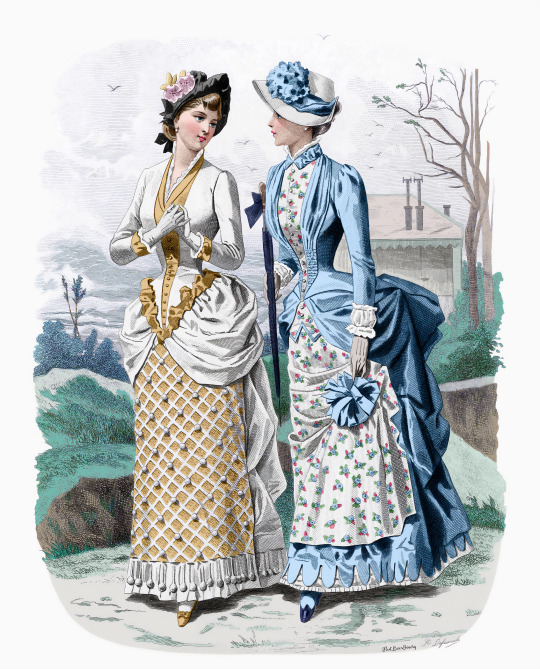
Journal des Demoiselles, 1883
#Journal des Demoiselles#1883#1880s#bustle#bustle dress#the gilded age#gilded age#Victorian#Victoriana#Victorian fashion#Victorian dress#Victorian style#Victorian era#Victorian art#Victorian girl#Victorian woman#Fashion#Fashionplate#Fashion sketch#Fashion illustration#Fashion history#Historical fashion#Historical clothing#Dress history#Vintage dress#Vintage fashion#Antique dress#Antique fashion#Antique clothing#19th century
60 notes
·
View notes
Note
Should I do it my friend?

Should and can... not the question. ZHE QUESTION IS VHY VOULD YOU NOT MIEN FREUND!!!!!!!!!!!!!!!!!!!!!!!!!!!!
tldr: yes.

#team fortress 2#tf2#team fortress medic#tf2 medic#medic tf2#team fortress#medic#victorian#victorian era#antique#1800s#victorian dress#cunty
52 notes
·
View notes